Results 4,011 to 4,020 of 12094
Thread: Anandtech News
-
06-16-14, 09:00 AM #4011
Anandtech: SanDisk To Acquire Fusion-io
It looks like the SSD industry is going through some serious consolidation. Only a couple of weeks ago, Seagate announced that they have acquired LSI's flash division (i.e. SandForce) from Avago and today SanDisk announced that they will be acquiring Fusion-IO for $1.1 billion cash. Fusion-IO focuses on enterprise flash products (both hardware and software) and is probably one of the most iconic enterprise SSD companies because Facebook has been one of their major revenue sources for years and of course having Steve Wozniak as the Chief Scientist has given Fusion-io a lot of publicity as well.
I think this acquisition further reinforces the point that companies without a NAND fab are in trouble. Fusion-io's advantage in the market was their early entry, which allowed them to build a good customer base before the likes of Intel and Samsung started to take SSDs seriously. However, now it's hard for Fusion-io and other fabless companies to stay price competitive because the companies with NAND plants can always undercut their prices as ultimately Fusion-io buys their NAND from the companies that are their biggest rivals in the SSD market. Obviously, the NAND manufacturers are looking to make profit from the NAND they sell, so the price battle is one that Fusion-io and the others can't win in long-term. SanDisk has a NAND joint-venture with Toshiba, so this acquisition gives Fusion-io a direct access to NAND.
As for SanDisk, their enterprise solutions have been a bit tame compared to Samsung and Intel. SanDisk has a vertical integration model but for some reason their enterprise products just haven't had the same momentum. SanDisk did manage to increase their enterprise SSD revenue significantly in 2013 but they must be able to keep up the growth. With Fusion-io's existing revenue sources and SanDisk's vertical integration business model, SanDisk should definitely have the ammunition to challenge Intel and Samsung in the enterprise space. Source: Gartner HWQ via TheRegister.co.uk
Source: Gartner HWQ via TheRegister.co.uk
SanDisk is hosting a conference call later today, so stay tuned for updates. The press release doesn't specify whether Fusion-io will be integrated into SanDisks's enterprise storage unit but we should know more after the conference call. This is certainly one of the biggest news in the history of enterprise SSDs given that SanDisk and Fusion-io were the number four and five in revenue last year, so I'm very excited to see how it plays out.
More...
-
06-16-14, 04:30 PM #4012
Anandtech: SanDisk Extreme Pro (240GB, 480GB & 960GB) Review: The Fastest Just Got Fa
The SSD market is currently going through the biggest change in its history. Ever since consumer SSDs started appearing around 2006, SATA has been the dominant interface, but now that is about to change. With PCIe and NVMe making their way into the consumer space, SATA will sooner than later become obsolete, at least for high performance SSDs. But widespread adoption of PCIe is still roughly a year away, so in the meantime we have to play by the rules of SATA. Sequential performance has been bottlenecked by SATA for a few years now but manufacturers did not start paying attention to IO consistency until a couple of years ago, which is an essential part of real world performance. With the Extreme II, SanDisk did an excellent job with performance consistency and now they have taken the same recipe with added tweaks; read on to find out if the Extreme Pro can live up to its name.
More...
-
06-16-14, 07:30 PM #4013
Anandtech: Micromax Moves Forward With Windows Phone For India
At MWC this year, Microsoft announced it was partnering with several new companies to bring additional Windows Phone devices to market. At BUILD, they announced an additional two companies – Micromax and Prestigio. Today, Microsoft used their Windows Phone Blog to announce some of the first of these new entrants with the Micromax Canvas Win W121 and Canvas Win W092.
Neither of these devices could be considered a flagship device in any market, but clearly that’s not the push right now. With the (relative) success of the Lumia 520, Nokia showed that low prices are still important in a lot of markets and can allow for some respectable volumes of devices to be sold.
There were two major changes earlier this year which have led to Windows Phone going from basically three OEMs (Nokia, Samsung, and HTC) to double digit numbers of OEMs pledged to bring devices out based on Microsoft’s smartphone platform. The first is the $0 licensing model for all Windows devices under 9” in screen size. This lets Windows Phone compete head on with Android - at least from a licensing perspective. In fact, with the patents being paid to Microsoft from basically all Android device makers, it’s possible that going with Windows Phone is actually less costly on the licensing end. The other major change was that Microsoft released a Qualcomm reference design for Windows Phone, and both of the Micromax devices are utilizing that to save costs on engineering. This is a big change, and allows OEMs to bring devices to market faster and for much less money than having to design an entire phone themselves.
The Win W121 is the more upscale device of the two, with a 5” IPS display with a 720x1280 resolution for a reasonable 294 pixels per inch. Driving the display is the Qualcomm Snapdragon 200 quad-core 1.2 GHz which is likely the 8212 (Cortex A7, Adreno 302) version found in other Micromax devices and comes equipped with 1 GB of RAM which is much better than the low end Nokia phones. The battery is a 2000 mAh, and there is an 8 MP rear camera with LED flash and a 2 MP front facing camera. The W121 has dual SIMs, and the 8 GB of internal storage is expandable storage via microSD up to another 32 GB. The back is faux leather and removable, much like the Samsung Note 3.
The Win W092 is a 4” IPS version, but lowers a lot of the specifications to reach a lower price point. The screen is 480x800 resolution, but keeps the same quad-core Snapdragon 200, 1 GB of RAM, and 8 GB of storage. Once again, the storage is expandable with microSD adding up to an additional 32 GB more space. The battery is correspondingly smaller at 1500 mAh, and the rear camera is downgraded to a 5 MP but keeps the flash. The front facing camera is downgraded to 0.3 MP, but at least it has one.
Neither of these devices are very exciting compared to the HTC Ones of the world, but they are going on sale in India in early July for Rs 9,500 ($158 USD) for the W121, and the lower spec W092 is only Rs 6,500 ($108 USD). For the price, they offer a lot of value and should compete well against the Lumia 520 and Moto E range devices.Micromax Comparison Micromax Canvas W121 Micromax Canvas W092 Nokia Lumia 520 Nokia Lumia 630 SoC 1.2 GHz Snapdragon 200 (Quad Core Cortex-A7) 1.2GHz Snapdragon 200 (Quad Core Cortex-A7) 1.0GHz Snapdragon S4 (Dual Core Krait) 1.2GHz Snapdragon 400 (Quad Core Cortex-A7) RAM 1 GB 1 GB 512 MB 512 MB NAND 8 GB NAND with microSD slot 8 GB NAND with microSD slot 8 GB NAND with microSD slot 8 GB NAND with microSD slot Screen 5" 1280x720 4" 800x480 4" 800x480 4.5" 854x480 Rear Camera 8 MP w/LED Flash 5 MP w/LED Flash 5 MP 5 MP Price $158 $108 $121 $159
More...
-
06-17-14, 11:00 AM #4014
Anandtech: Synology Refreshes RackStation Lineup with Entry-Level RS3614xs
Synology introduced two new variants in their RackStation lineup today, the RS3614xs and RS3614RPxs. Both of these are 12-bay NAS units in the 2U form factor with a Core i3 Haswell CPU, ECC RAM and dual PCIe 3.0 expansion slots. The RP variant has a redundant power supply. There are four GbE ports on the board, and up to two 2x 10GbE cards can be installed in the expansion slots to provide more than 40 Gbps of network throughput. The units obviously run Synology's much-appreciated DSM 5.0. The OS has a large number of business-oriented features (multiple virtualization certifications, for example) which make it attractive for enterprise storage.
Gallery: Synology RS3614xs




These 12-bay units can scale up to 36 bays with the addition of two RX1214(RP) expansion units. While not boasting the horsepower of the Xeon-based flagship units such as the RS10613xs+, today's introductions are ideal entry-level units for SMBs who need expansion capabilities down the road.
The RS3614xs and RS3614RPxs are priced at $3000 and $4000 respectively. The expansion units are priced at $1700 (RX1214) and $2400 (RX1214RP).
More...
-
06-17-14, 11:00 AM #4015
Anandtech: NVIDIA GeForce 340.43 Beta Drivers Now Available
Arriving just a few weeks after the release of their 337.88 GeForce WHQL driver, NVIDIA’s driver team is back again with a new beta driver. Now at version 340.43 beta, with this latest driver NVIDIA is once again switching driver branches with the launch of their new R340 branch.
Briefly, from a functionality standpoint R340 will be a relatively straightforward driver branch. As the follow-up to R337’s significant DirectX overhaul R340 is far more low-key release that is focused on iteration and minor features, as reflected by NVIDIA’s release highlights and release notes.
To that end there is a single new feature that has been added with R340: x86 Miracast support. NVIDIA has supported Miracast for a couple of years now on Tegra 3 and later SoCs, however Miracast functionality has not been available on the company’s discrete GPU products until now. Beginning with R340 Miracast is available on GeForce products running under Windows 8.1, with NVIDIA presumably tying together their recently-developed GameStream video encoding functionality with Windows 8.1’s built-in Miracast support.
Otherwise for gaming this is a bugfix and profile update release. NVIDIA is classifying this as their Game Ready driver for GRID: Autosport and the Battlefield: Hardline beta, while a few other games including The Elder Scrolls: Online and Watch Dogs have received either new or updated SLI profiles.
Finally, while it doesn’t impact this version in particular, it’s worth reminding everyone that R340 will be the last driver branch to support NVIDIA’s Direct3D 10 generation GPUs (8/9/100/200/300 series). Starting with R343 later this year, support for those GPUs will be dropped as those products are moved to legacy status, only receiving further R340 bugfix drivers on an as-needed basis until April 1st, 2016.
As usual, you can grab the drivers for all current desktop and mobile NVIDIA GPUs over at NVIDIA’s driver download page.
More...
-
06-17-14, 12:30 PM #4016
Anandtech: GIGABYTE Z97X-SOC Force Review
Overclocking motherboards are here to stay. The $200 overclocking motherboard market seems to be growing, even when overclocking is limited to specific processor SKUs. Intel’s Devil’s Canyon models or Anniversary Pentium have been launched recently, specifically for overclockers to have more fun until the next generation. GIGABYTE’s 8-series overclocking motherboards were very well received, so it was a no-brainer to release upgraded models for 9-series. Today we are reviewing the Z97X-SOC Force, a $210 member of the punch-counterpunch in this market segment.
More...
-
06-18-14, 06:30 AM #4017
Anandtech: LG 34UM95 Monitor Review
21:9 monitors have done a good job of filling a couple niche positions in the marketplace. For someone that wants a single display to watch movies and use with a PC, the aspect ratio can work well. With many games, the wider field-of-view enhances the game with more information on screen at once and a more immersive experience. Where they have fallen short is with their vertical resolution of 1080 pixels. Running two applications side-by-side makes everything feel cramped. For regular office work a 27” display for the same price has provided a better user experience, but what happens when we shift to a 1440 display? That's what we aim to find out as we review LG's new 34" display.
More...
-
06-18-14, 10:01 AM #4018
Anandtech: Apple Introduces new Entry Level iMac Priced at $1099
Today Apple released a new model in their line of iMac computers. The new model slots in below the original entry model 21.5" iMac with less powerful specifications but also a smaller price tag. With Apple's Mac Mini not having been updated since 2012, the new 21.5" iMac is a new way to access Apple's computer ecosystem at a lower price than Apple's more powerful solutions without having to go with an older Sandy Bridge based hardware platform. Below the new 21.5" iMac is compared to the previous entry level model which still remains priced at $1299, as well as the upgraded 21.5" model in the iMac line.
The most immediately noticeable change with the new entry level iMac is the CPU. Apple has moved from the quad core i5-4570R used in the $1299 iMac which originally served as the entry level model to the dual core i5-4260U. This is the same CPU used in Apple's 13" Macbook Air and so users can expect a similar experience regarding performance, although the iMac is likely to be able to sustain turbo clock speeds for longer periods of time due to it being less thermally constrained than the Macbook Air. With the move to a Haswell ULV (Ultra-low Voltage) part there is also a sacrifice in GPU performance with the new iMac running Intel's HD 5000 integrated graphics rather than the Iris Pro 5200 used in what is now the mid-range iMac model. With the mid-range iMac sporting a quad core i5 and Iris Pro graphics the CPU is likely going to be the deciding point for users choosing between the new entry level iMac and the mid-range model. In addition to the CPU changes, the hard drive sees a drop in capacity from 1TB to 500GB compared to the previous entry level model.Apple 2014 iMac Line Configuration 21.5-inch Base Model iMac 21.5-inch Mid-Range iMac 21.5-inch Flagship iMac Display 21.5-inch 1920 x 1080 IPS 21.5-inch 1920 x 1080 IPS 21.5-inch 1920 x 1080 IPS CPU (Base/Turbo) Intel Core i5-4260U Dual Core + HT (1.4GHz/2.7GHz) Intel Core i5-4570R Quad Core (2.7GHz/3.2GHz) Intel Core i5-4570S Quad Core (2.9GHz/3.6GHz) GPU Intel HD 5000 Intel Iris Pro 5200 NVIDIA GeForce GT 750M (1GB GDDR5) RAM 8GB LPDDR3-1600 8GB DDR3-1600 8GB DDR3-1600 Storage 500GB 5400RPM 1TB 5400RPM 1TB 5400RPM WiFi 802.11ac I/O 4 x USB 3.0, 2 x Thunderbolt, 1 x GigE, SDXC reader, headphone jack Starting Price $1099 $1299 $1499
Aside from the changes to the CPU and the hard drive the new entry level iMac retains all the other hardware that ships in the other 21.5" iMac models. It still includes the 1920x1080 IPS display which was found to perform quite favorably, 8GB of RAM, and all the I/O connectors including four USB 3.0 ports, two Thunderbolt ports, 1 gigabit ethernet port, an SDXC reader, and a 3.5mm headphone jack.
The new entry level 21.5" iMac is shipping today for $1099 in the United States, $1149 in Canada, and £899 in the United Kingdom
Source: Apple PR
More...
-
06-18-14, 11:31 AM #4019
Anandtech: Manual Camera Controls in iOS 8
For the longest time, iOS had almost no camera controls at all. There would be a toggle for HDR, a toggle to switch to the front-facing camera, and a toggle to switch to video recording mode. The only other tool that was accessible would be the AE/AF lock. This meant that you had to hope that the exposure and focus would be correct, because there was no direct method of adjusting these things. Anyone that paid attention to the WWDC 2014 keynote would’ve heard maybe a few sentences about manual camera controls. Despite the short mention in the keynote, this is a massive departure from the previously all-auto experience.
To be clear, iOS 8 will expose just about every manual camera control possible. This means that ISO, shutter speed, focus, white balance, and exposure bias can be manually set within a custom camera application. Outside of these manual controls, Apple has also added gray card functionality to bypass the auto white balance mechanism and both EV bracketing and shutter speed/ISO bracketing.
For those that are unfamiliar with such terms, it’s worth talking about what each of these controls can do. First, ISO and shutter speed are two of the three factors that affect the exposure of a scene. The third is the lens aperture, but in the context of mobile, aperture is almost always fixed. ISO is best described as the sensor gain, and shutter speed is the time that the sensor is taking in light. While increasing ISO can brighten a scene, doing so also increase the noise in an image. It's also possible to select different formats within a custom camera application, such as the low light mode. This means that a third party camera application wouldn't be denied access to features that can be found in the stock camera application. A possible UI for this third party camera can be seen below in the Lumia 1020's Nokia Pro Camera application.
The flip side is shutter speed. While longer shutter speeds can decrease ISO, it also means that hand shake and motion blur are more likely to affect the image. This means that things like long exposure photography are now possible. It’s also possible to force lower or higher ISO/shutter speed compared to what the auto-exposure algorithm would pick based upon the scene. It's also important to note that the preview frame rate will be the same as the set shutter speed. This means that the lower bound can be 1FPS in certain formats. With the controls that Apple has exposed, it’s even possible for developers to write their own custom auto-exposure algorithms. Outside of these manual controls, it’s also possible to add a bias to the auto-exposure algorithm. This should appear in the stock iOS 8 camera application in the near future.
Focus is another key control that adjusts the lens from macro focus to infinity focus, and this means that it’s now possible to focus in situations where contrast detection auto-focus mechanisms struggle to work correctly. This opens up new ways to compose an image, and also opens up new kinds of shots with video. A great example of this is smoothly focusing into an object to provide a dramatic effect, something that would've been impossible up until now. There was a strong emphasis on the fact that focus couldn't be mapped to distance, as the focal length varies from device to device and the VCM behavior is also affected by gravity, age, and variance in the production process. A diagram of a VCM AF system can be seen below.
White balance is now also fully manual, something that was previously only limited to Windows Phone and HTC's custom camera application. Apple went into deep detail regarding the implementation of this manual color balance, which effectively skews based upon RGB gain at a low level, but can be converted to Kelvin through the API that is opened up. This, in addition to the "gray world" white balance, allows further control of how a shot will come out.
While only the exposure bias controls will make it into the stock camera application, all of these new controls exposed through the AVCaptureDevice APIs will enable camera applications similar to Nokia's Pro Camera or HTC's Sense 6 camera application. It's been said that Apple is one of the few OEMs that take camera seriously, and these new controls can only cement that position.
More...
-
06-18-14, 12:31 PM #4020
Anandtech: Join Us for a Live Google Hangout with ARM's CTO and CMO Tomorrow at 1PM E
As I hinted at during our interview with Krisztián Flautner, ARM was quite pleased with how things went with our Peter Greenhalgh ATE that it's going to be giving us access to more key folks over the coming weeks/months. I want to thank all of you for your questions for Krisztián in our last Ask the Experts post, and I want to thank Krisztián for taking the time to respond to you all directly. If you haven't read through the Q&A I'd recommend doing so.
Tomorrow I'll be doing a live Google Hangout with Mike Muller, ARM's Chief Technology Officer, and Ian Drew, ARM's Chief Marketing Officer and EVP of Business Development. Mike Muller was one of the original founders of ARM. Ian Drew played a major role in driving ARM to get into the server business, which has huge potential implications for the microprocessor business in the coming years.
The Hangout will happen tomorrow, Thursday, June 19, 2014 at 1PM ET. I'll update this post with an embedded feed when we get started. If you've got any questions you want to ask ARM's CTO or CMO, give them some thought - we may be able to get them answered live tomorrow.
More...
Thread Information
Users Browsing this Thread
There are currently 19 users browsing this thread. (0 members and 19 guests)




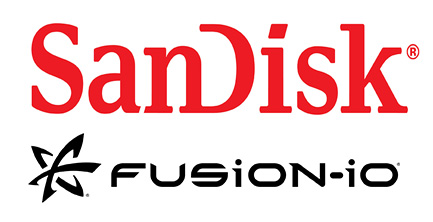

 Quote
Quote

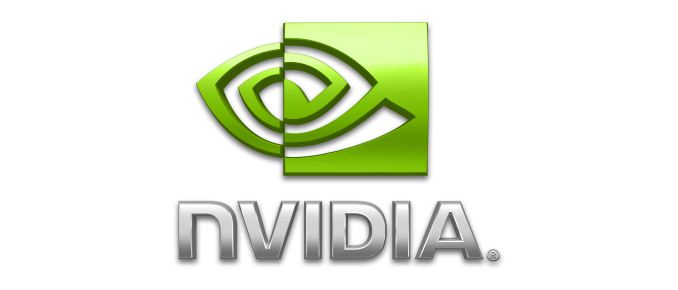
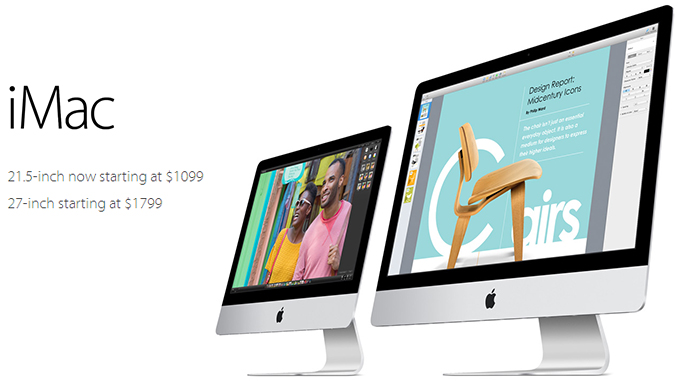

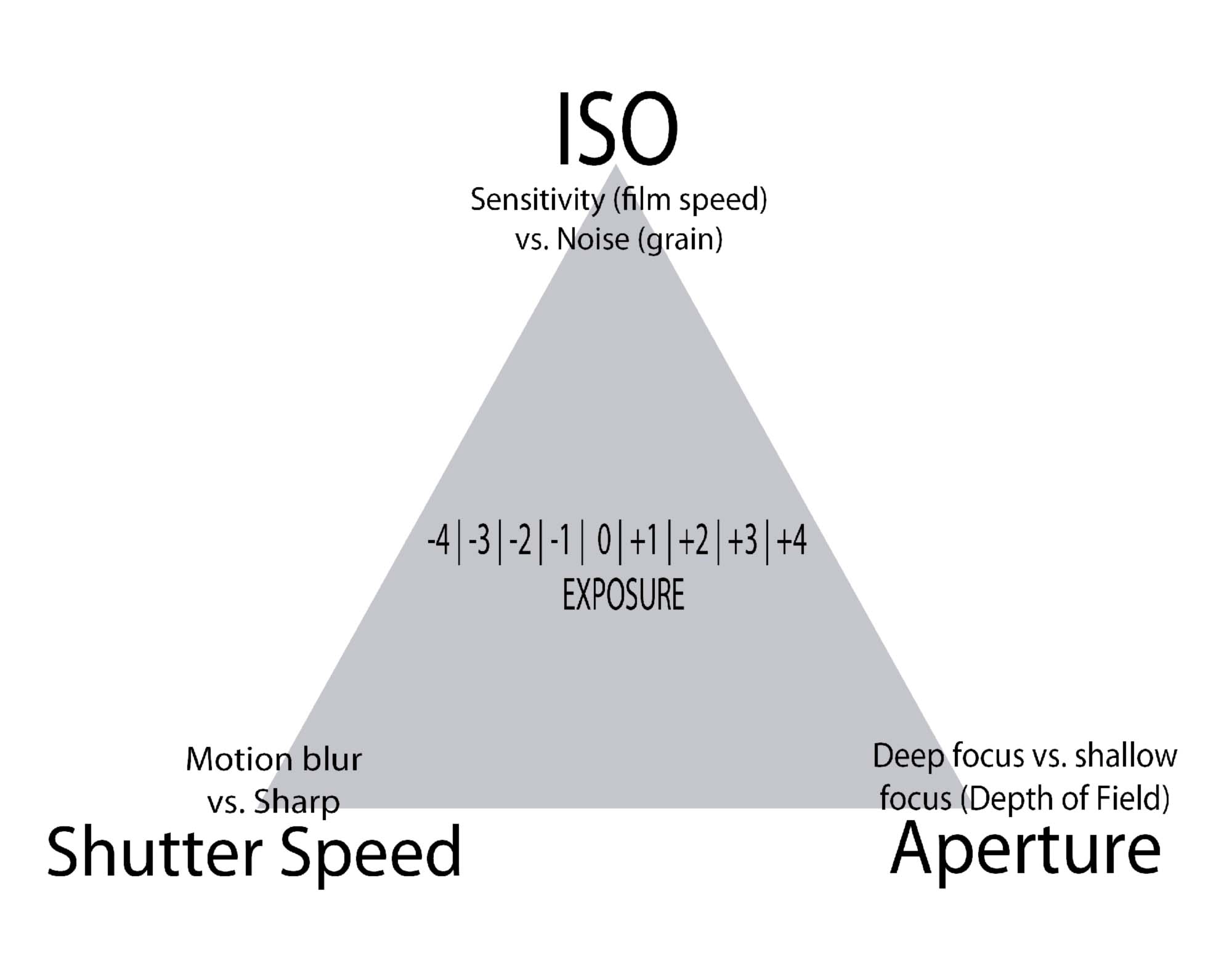
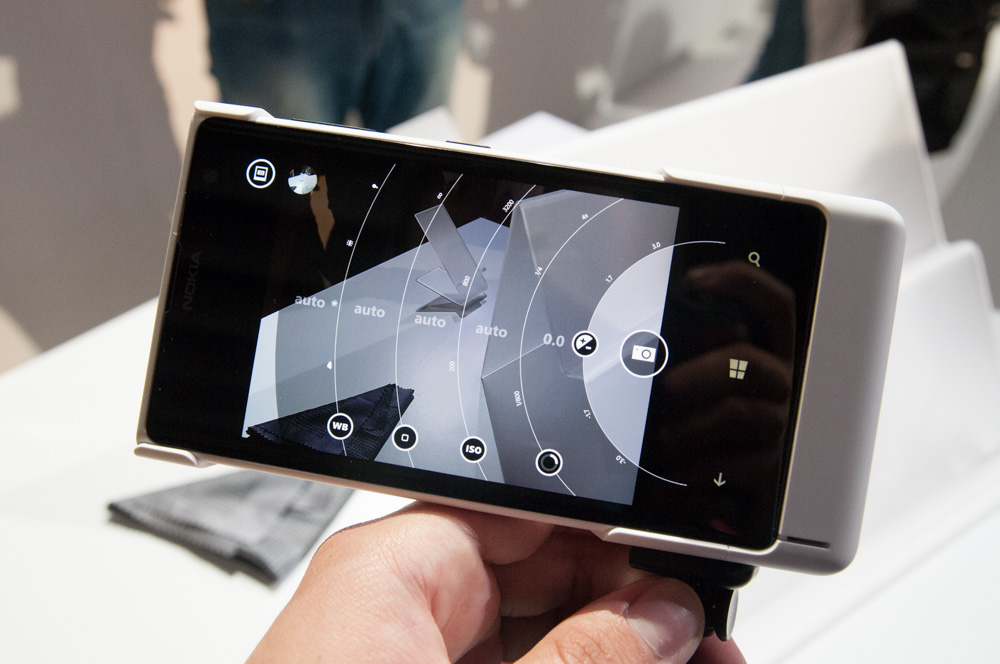
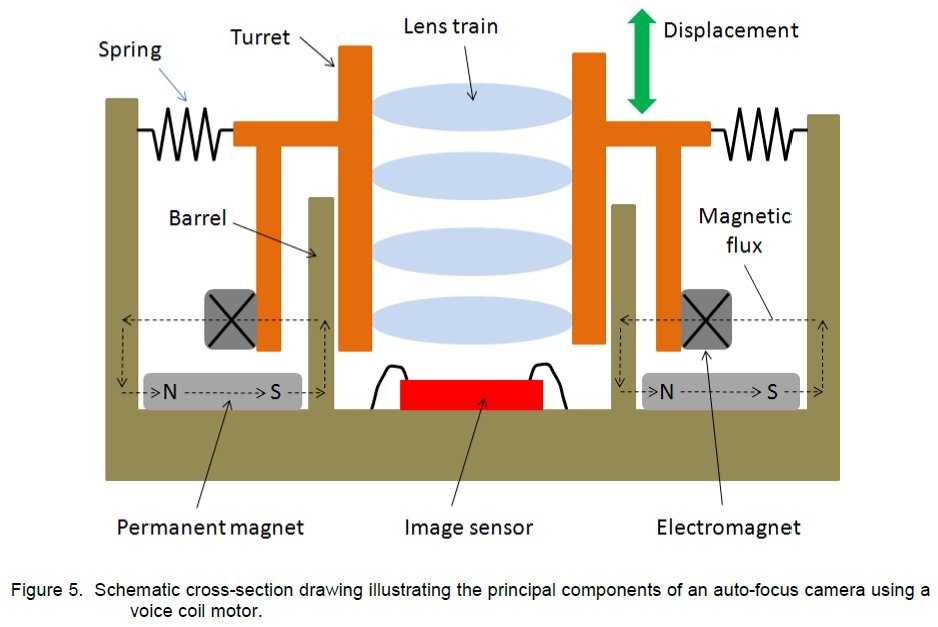
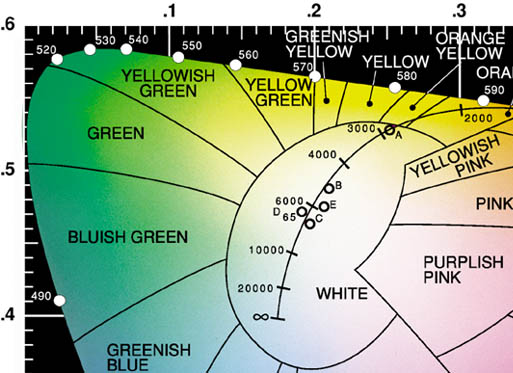

















Bookmarks